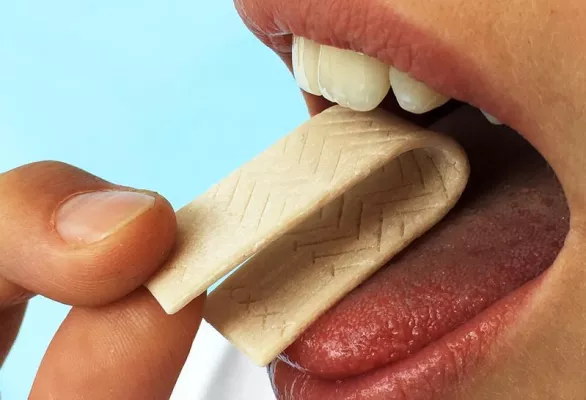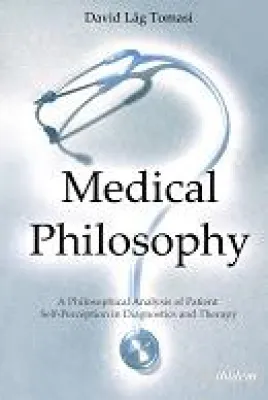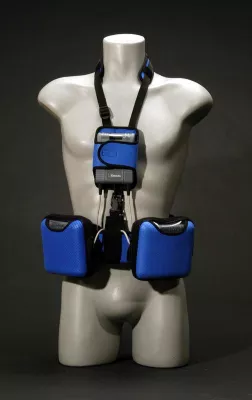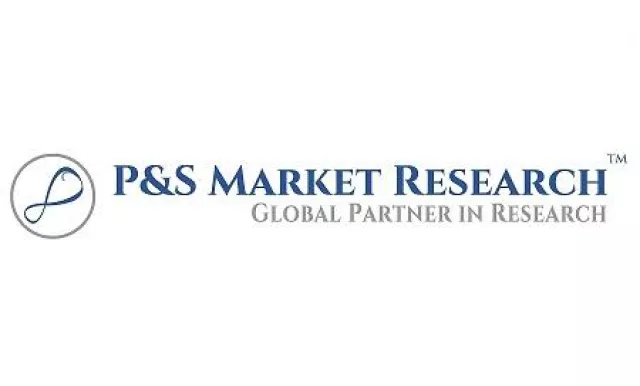(openPR) (Amherst, NH) – The increasing number biological drugs for treating chronic conditions continues to change the practice of drug therapeutics. Patients with previously untreatable diseases are now benefiting from the availability of powerful new treatments, albeit with a couple of significant drawbacks, one of which being the potential for severe side effects. The second has to do with the nature of biologicals with renders them much less stable than other classes of drugs. From a formulation standpoint, this formulaic fragility creates challenges for both drug developers and patients.
The inherent instability of biologicals is a limitation that has a direct impact on the drug delivery sector. Therapeutic proteins must either be stored under special conditions or formulated to retain their efficacy from the time of manufacture until they are administered. Liquid protein drugs require refrigeration until dispensed – a distribution strategy referred to as the ‘Cold Chain’. Alternatively, proteins can be formulated as powders (lyophilization). Lyophilized proteins must be reconstituted prior to administration.
The need to reconstitute lyophilized drugs at the point of administration and the potential safety and compliance issues it represents for patients has led to increasing interest in injection devices that can eliminate the number of steps required to reconstitute the drug and make it available for injection. Dual chamber syringes and injectors – devices that allow reconstitution to take place within the device immediately prior to injection - are the most elegant engineering solution to this need.
The current universe of dual chamber injection devices can be thought of as being comprised of three semi-distinct device segments: (1) dual chamber syringes; (2) single-use dual chamber pen injectors, and; (3) reusable dual chamber pen injectors. The latter relies on the use of a replaceable dual chamber cartridge that is inserted into the pen injector prior to use. While the use of dual chamber devices represents a cost premium for drug marketers relative to competing reconstitution methods such as vial adaptors, it also provides an opportunity for branding that can have a positive effect on efforts to create product differentiation in the age of DTC marketing.
While the majority of dual chamber injection devices that form the device portion of currently marketed drug-device products are custom implementations a few companies, most notably Ypsomed and Vetter, offer standard dual chamber device platform solutions for drug developers. This strategy typically reduces development costs and time-to-market at the possible expense of creating a somewhat less-than-unique product look and feel from a branding perspective. Suppliers of dual chamber drug cartridges, which are designed to fit within a reusable pen injector body, operate either on a traditional OEM outsource contract basis, or in the case of vertically integrated device suppliers as turnkey cartridge-and-device solution suppliers. In either case, the supplier provides cartridges with the volumes required by their clients.
In terms of market penetration, dual chamber injection devices are currently well-represented in seven distinct therapeutic segments. We expect this number to grow as the influence of injectable biologicals on therapeutic practice increases. As biological drugs continue to grow in terms of therapeutics and total prescriptions, the impact of these specialty devices will increase.
Greystone’s analysis of dual chamber syringes and injectors is summarized in a new and comprehensive report. Dual Chamber Syringes & Injectors: Devices, Markets, Players and Prospects includes an analysis of dual chamber device markets, assessments of dual chamber device products and platforms, and profiles of market participants.
More information is available at www.greystoneassociates.org .
Source: Greystone Research Associates







